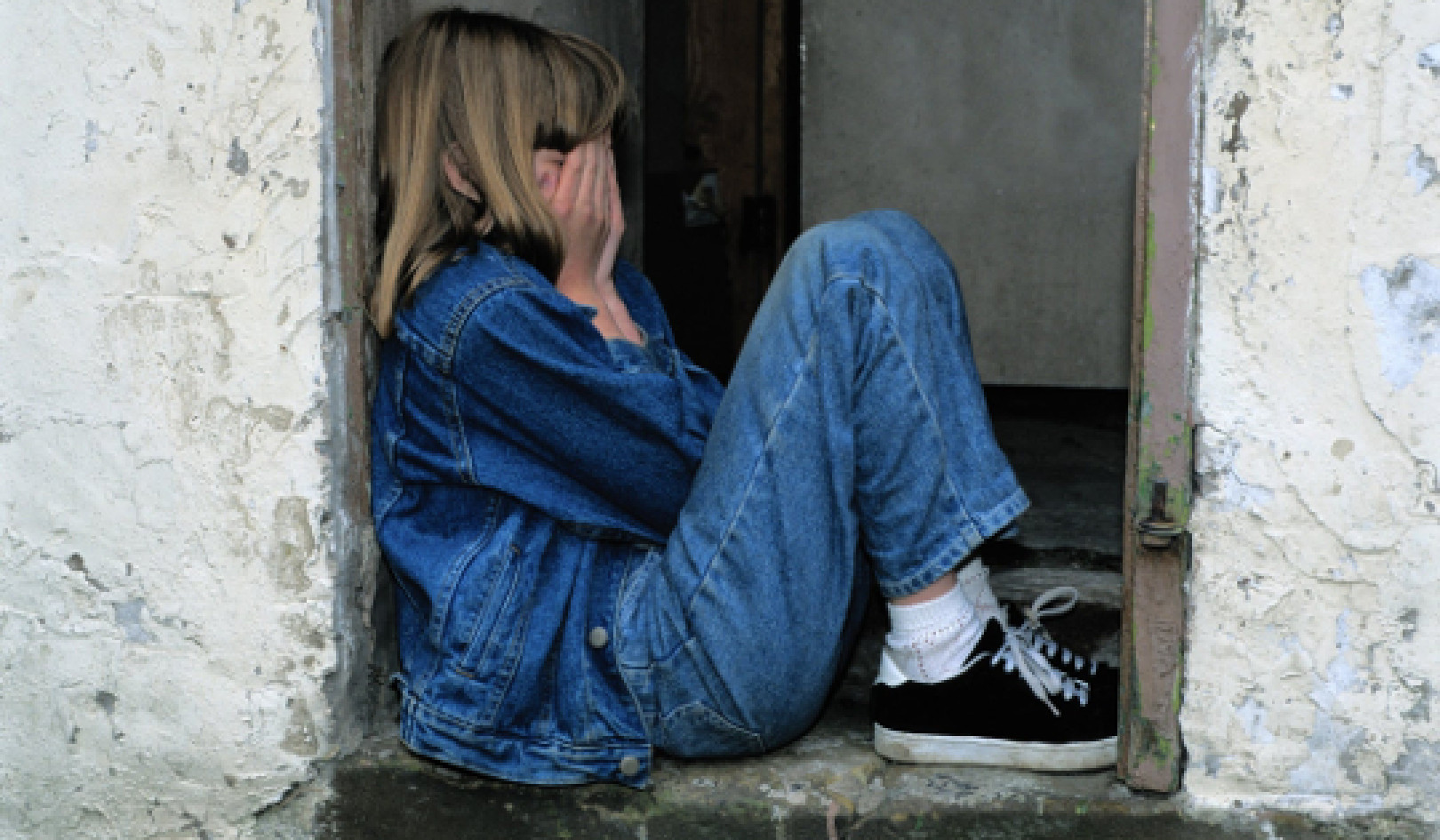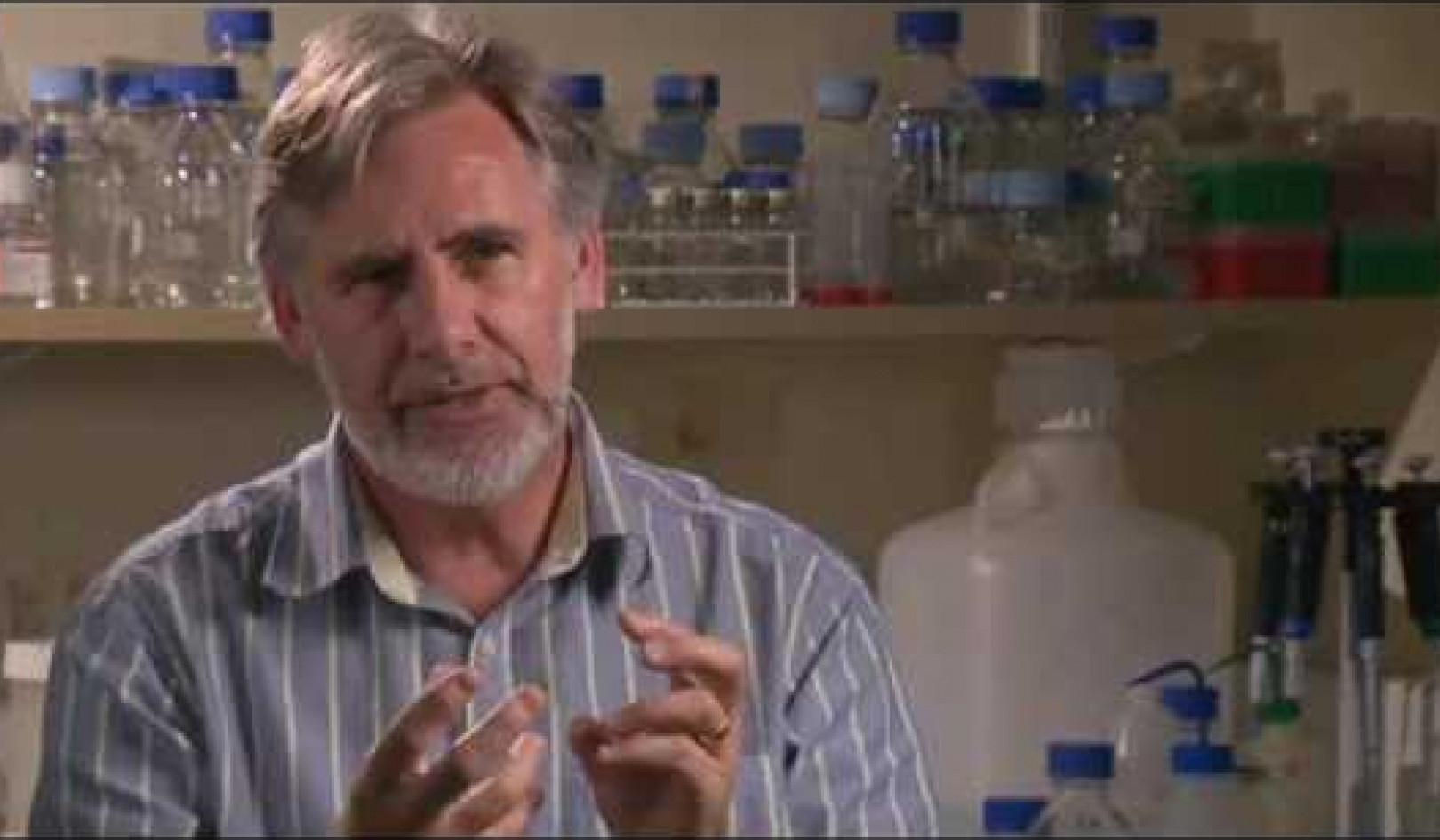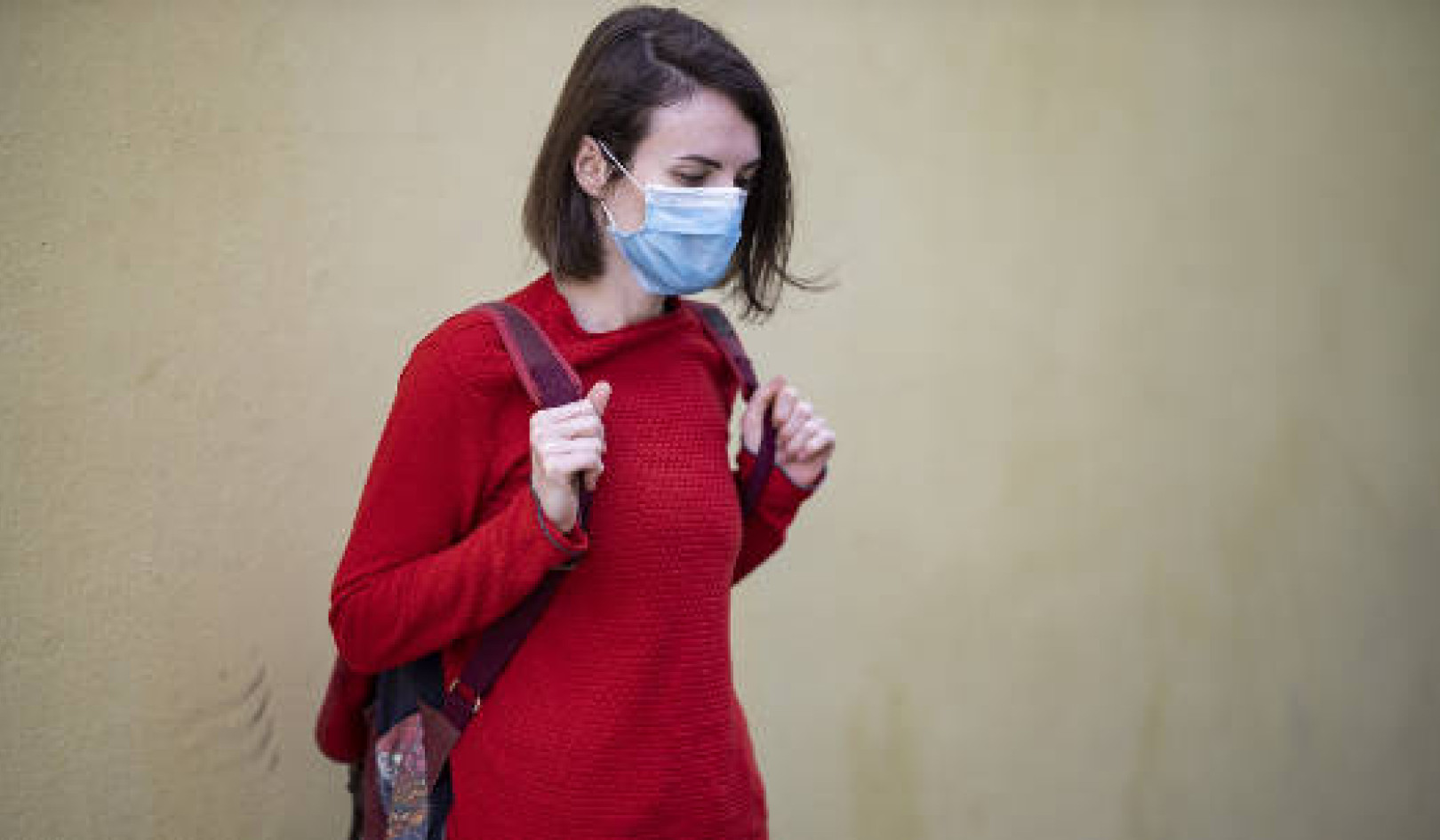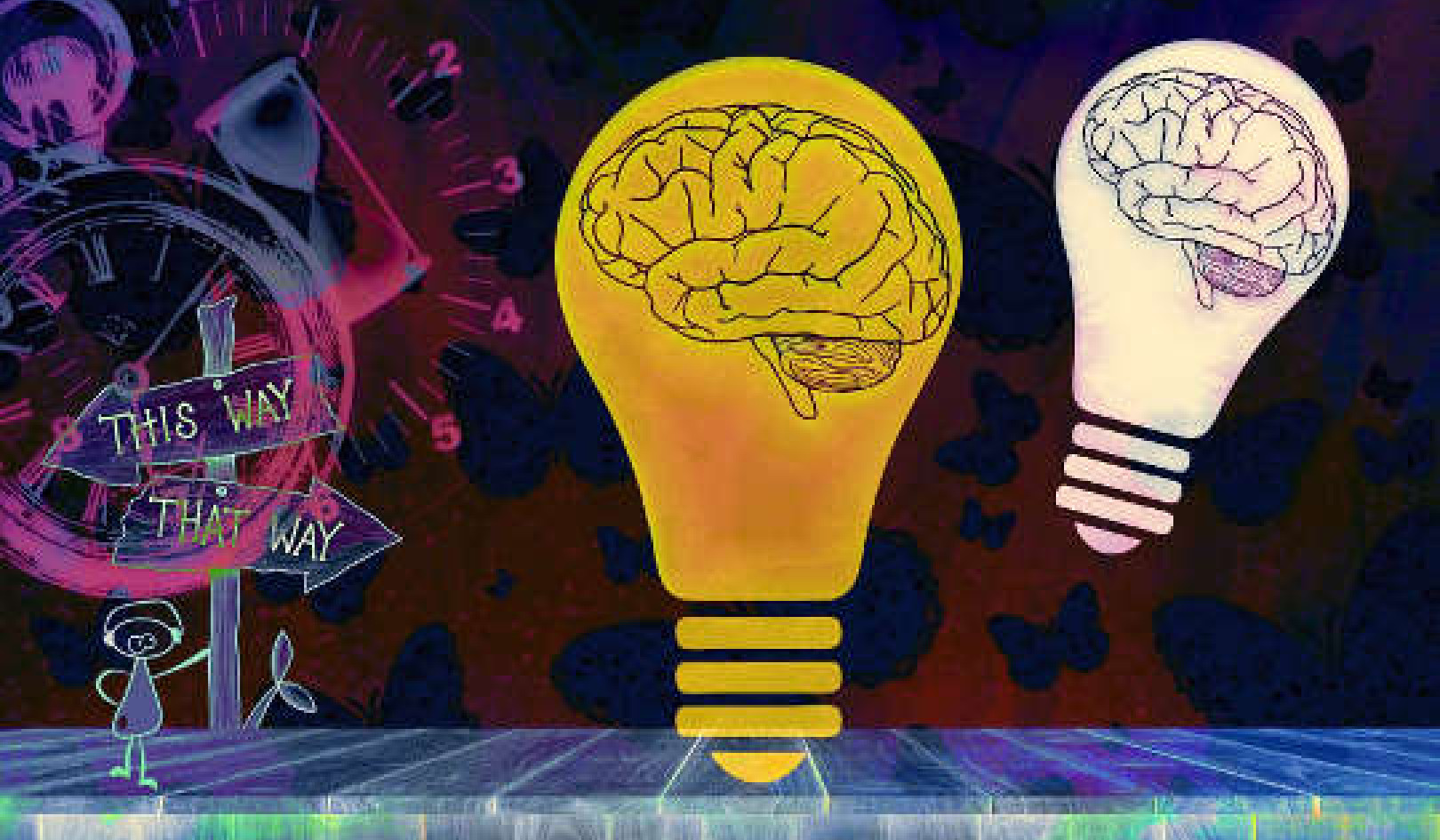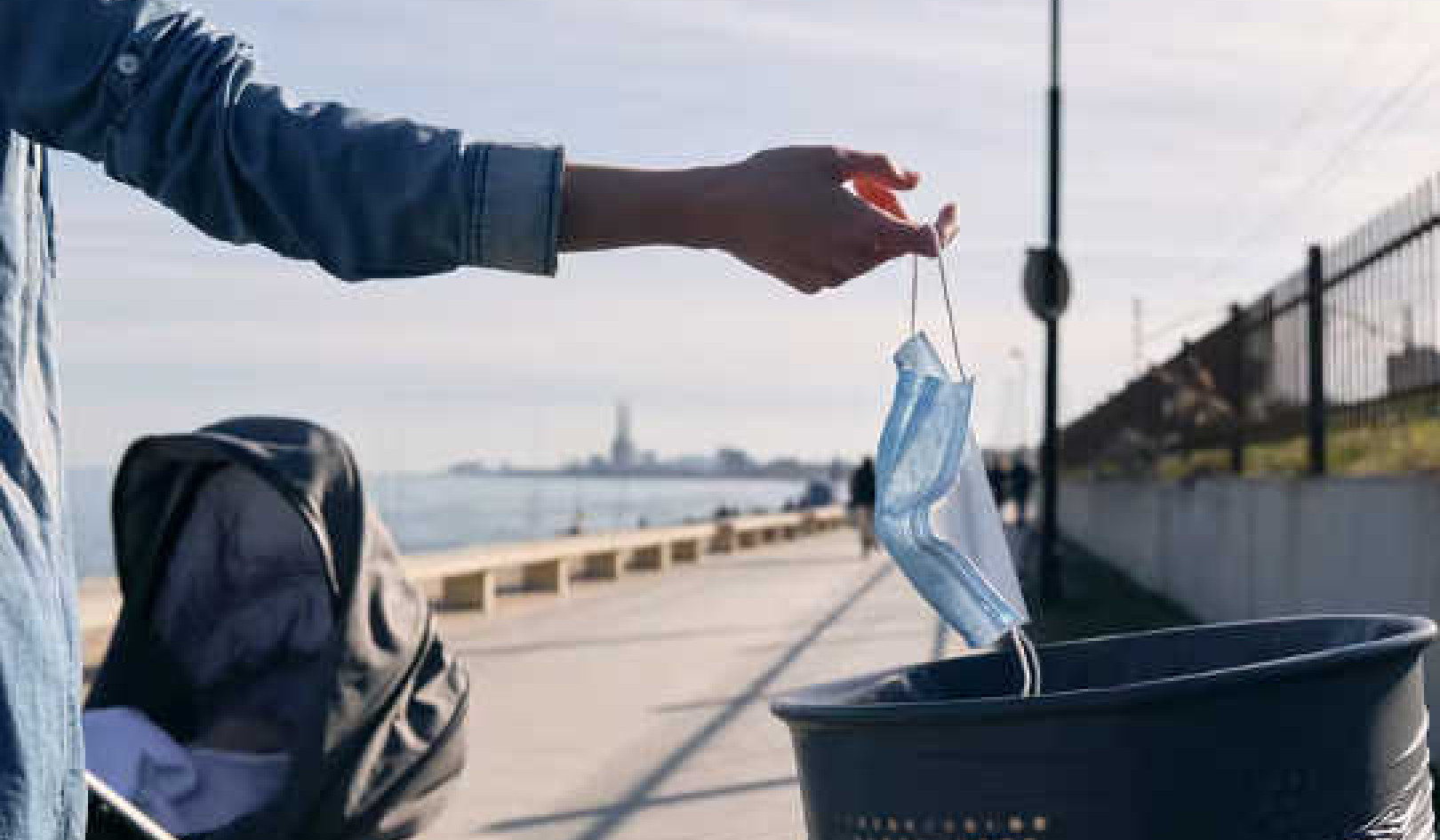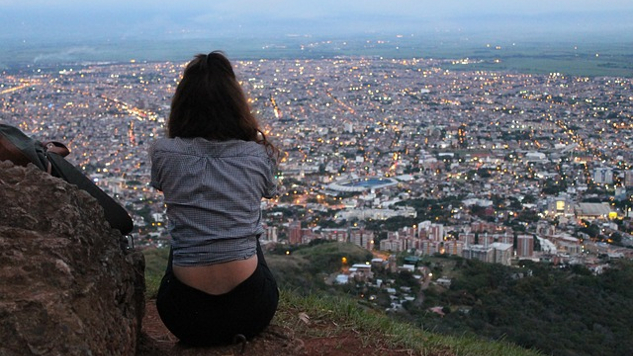
Image by isabel hoyos
The process of opening our hearts toward ourselves and others is not always direct or linear. It may happen over time as we deepen our lovingkindness and compassion practice. But it will probably happen in fits and starts, with setbacks, forgetfulness and doubt.
One student explained that she’s been taking care of her ill sister and rather than compassion, she feels a strong current of resentment. She wanted to burst open her well of compassion, but she didn’t know how.
I acknowledged that her question, and her struggle with not feeling compassionate, obviously came from a deep place of compassion. And I shared with her some of the barriers to compassion that we naturally face. I encouraged her to continue practicing lovingkindness, both toward herself and toward her sister. And to be gentle to herself.
The truth is that compassion is not always available to us when we’d like it and in the form in which we’d like it to be. We can’t cajole it out of ourselves or force it into existence. We need to free the energies of compassion that naturally exist within us by gradually opening our hearts.
We need to bring awareness to our resistance to compassion and resolve to open our hearts when we are ready. In order to do this, we need to stay awake and trust that our heart is already gentle and kind. We need to reconnect with what is already there and cultivate our kind qualities of heart.
Freeing Compassion Energy
When we can free the compassion energy that naturally exists in our hearts, we have enormous capacity to offer our care. However, this requires wise discernment, less we risk burning out or offering compassion for the wrong reasons.
A few months into the pandemic, I taught a class called Healthy Compassion. Given the complex set of needs we were seeing in our communities, I wanted to explore how we could all be of service during this time of crisis while at the same time caring for our own needs and staying physically and emotionally safe. I wanted to teach compassion in a way that didn’t reinforce the selfless service mentality that was easy to latch onto in times of crisis but rather open up space for exploring how to participate in caring for both our hurting world and for ourselves.
I had my students take a self-assessment that examined their motivations in compassionate actions they recently undertook along with their perception of their current life balance, the reactions of others to their generosity and how they felt when they helped. Many of these actions, we learned, were driven by feelings like guilt and fear, particularly when they were not in a resourced and balanced place. This was eye opening to them, along with the concept that their own wellbeing matters when they care for others, even (or especially) during a crisis time like a pandemic.
Many of us operate from the assumption that the world needs fixing so badly that we need to jump into helping headfirst. The world indeed needs fixing, but our mindfulness practice can help us see that those actions must come from a stable and resourced place and within healthy boundaries and self-awareness. As Clarissa Pinkola Estes, an American writer and psychoanalyst, writes, “Ours is not the task of fixing the entire world all at once, but of stretching to mend the part that is within our reach.” It is a wise compassion that guides us to know what to do, how, when and how much.
Cultivating and Extending Compassion
Cultivating self-compassion and extending compassion outwardly is critically important for our individual and collective wellbeing. We are deeply interconnected as a species and a planet, as both the pandemic and impacts of global warming have demonstrated. We can credit compassion for enabling our survival through our crises and trials, since the beginning of time.
Evolutionarily, compassion has protected our vulnerable offspring, allowed us to cooperate with non-kin and help others. Compassion continues to be essential to our physical and mental wellbeing. It helps us reduce negative mind states like anxiety, depression and stress, while increasing positive mind states like life satisfaction, connectedness, self-confidence and optimism. We also know that opening our hearts strengthens our sense of aliveness and resilience.
But there are guardrails. As we widen our circle of care for others, repeating the “Great Vow for Mindful Activists” can help remind us not to burn out:
Aware of suffering and injustice, I, ____, am working to create a more just, peaceful, and sustainable world. I promise, for the benefit of all, to practice self-care, mindfulness, healing, and joy. I vow to not burn out (Ikeda, 2020).
The energy of our compassionate heart can be freed. We don’t have to live “like a great uprooted tree with its roots in the air,” as D.H. Lawrence described. We can learn to relate to ourselves and to others with authentic loving presence. And we can build our capacity for “heartfulness” as we practice crossing the bridge toward others with compassion. Freeing our compassion energy requires us to continually pause, attune and relate to our moments with full presence. As we deepen our mindful awareness, the energy of lovingkindness can be more easily freed.
The Two Wings of Mindfulness
As we develop the two wings of mindfulness—awareness and compassion—we see their impacts naturally ripple out in all directions. I’ve noticed the manifestation of mindfulness in the most ordinary, mundane moments. I can no longer drive by a dog on the loose without helping to find its home or forget to reach out to a friend or neighbor who is struggling with illness or loss.
Brendon, my husband and life partner, has made it a practice to leave a $5 gift to the person behind him on the occasions he drives through a coffee hut, insisting that it might change the course of that person’s day. He recently bought a bumper sticker for his car that says, “I hope something good happens to you today.” These may be small things in the grand scheme of life, but small actions matter. We attend to what is within our reach. One action builds on the next. Our moments of collective caring can produce magnificent winds of change.
It may not be easy to maintain our mindfulness practice when we feel like things are coming apart. But these are exactly the moments that call for mindfulness and compassion. These are also the moments in which our tender hearts are most able to feel the collective pain of others. When we stop to feel our own struggles, we can sense most acutely the struggles of others. If we can release the grip of fear, and step across the bridge, our caring for others can help to break down the great wall of separation and mend our collectively alienated heart.
Mindfulness is profoundly forgiving. When we stray off the path, we can simply come back to the beginning, back to presence. We can pause, take a breath and return to awareness in the moment. We can remember the attributes of acceptance, non-judgment, patience and trust. We can release the stories and open to the waves, with a strong back and soft front.
As we continue to release, we may see new things that are obstructing our path. With our steadiness of heart, we can befriend whatever we find. “This too belongs,” we can remind ourselves. We simply remember that all of it belongs, that all of our obstacles are part of our path toward cultivating greater calm, stability and an open heart.
Practice: The Gift of Lovingkindness
Take a moment to find a comfortable seated position on your chair or cushion and take a few full deep breaths. You might gently scan your mind and body. Notice what is present and what wants to be released or let go.
Tune in to your heart for a moment and open your awareness to the feelings you’ve been carrying: the joy, the worry, the fear, the longing. Sense the state of your heart and how much it has been carrying.
Putting your hand on your heart if that is comfortable, you might silently repeat these phrases of lovingkindness:
May I be well
May I be free from fear
May I be safe from inner and outer harm
May I be at peace
Or you might select whatever words are resonant for you in this moment.
When you’re ready, continue the practice by bringing someone to mind that can use healing attention right now. Sensing what it might be like for that person, repeat these or other phrases of lovingkindness for this person:
May you be well
May you be free from fear
May you be safe from inner and outer harm
May you be at peace
For the next few moments, you might bring several other people to mind that would benefit from your care and wishes, silently repeating these phrases for them:
May you be well
May you be free from fear
May you be safe from inner and outer harm
May you be at peace
Continue the practice, widening the circle of compassion as far as you’d like. When you have finished your wishes, you might put your hand on your heart and sit quietly, feeling the energy of compassion that has been released.
Copyright 2023. All Rights Reserved.
Printed with permission of the publisher, Mantra Books.
Book by this Author:
BOOK:Meeting the Moment with Kindness
Meeting the Moment with Kindness: How Mindfulness Can Help Us Find Calm, Stability, and an Open Heart
by Sue Schneider
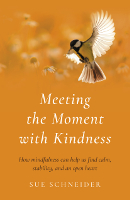 Many of us desire to slow down, quiet the mind and attain greater contact with our lives, but we get stuck in habits and behaviors that don't support our aspirations. This book can help us get unstuck. Meeting the Moment with Kindness offers a roadmap for cultivating seven aspects of mindfulness that can help us access our inherent wisdom, stability and compassion.
Many of us desire to slow down, quiet the mind and attain greater contact with our lives, but we get stuck in habits and behaviors that don't support our aspirations. This book can help us get unstuck. Meeting the Moment with Kindness offers a roadmap for cultivating seven aspects of mindfulness that can help us access our inherent wisdom, stability and compassion.
Through wisdom teachings, personal stories and evidence-based research, the author offers a pragmatic framework for developing mindfulness and befriending the inevitable obstacles on our path.
For more info and/or to order this book, click here. Also available as a Kindle edition.
About the Author
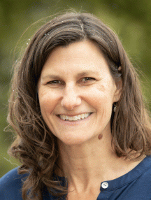 Sue Schneider, Ph.D., is a medical anthropologist, author, integrative health coach, and certified mindfulness instructor. She has developed dozens of mindfulness programs and taught thousands of students over the last decade as faculty with Colorado State University Extension and Maryland University of Integrative Health.
Sue Schneider, Ph.D., is a medical anthropologist, author, integrative health coach, and certified mindfulness instructor. She has developed dozens of mindfulness programs and taught thousands of students over the last decade as faculty with Colorado State University Extension and Maryland University of Integrative Health.
Meeting the Moment with Kindness: How Mindfulness Can Help Us Find Calm, Stability, and an Open Heart is her second book. Visit www.meetingthemoment.org for more info.





















